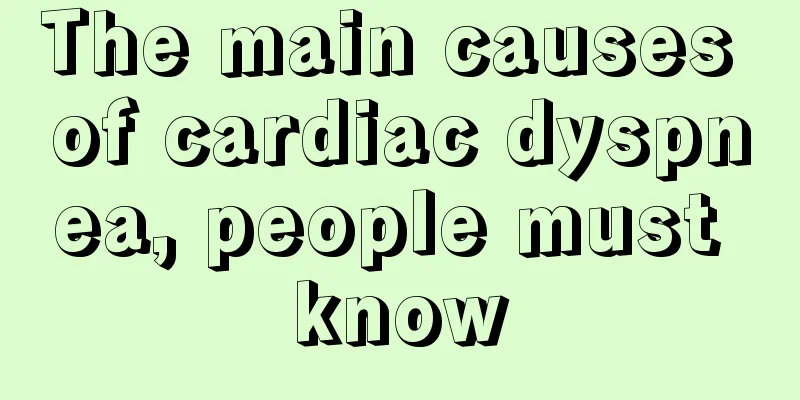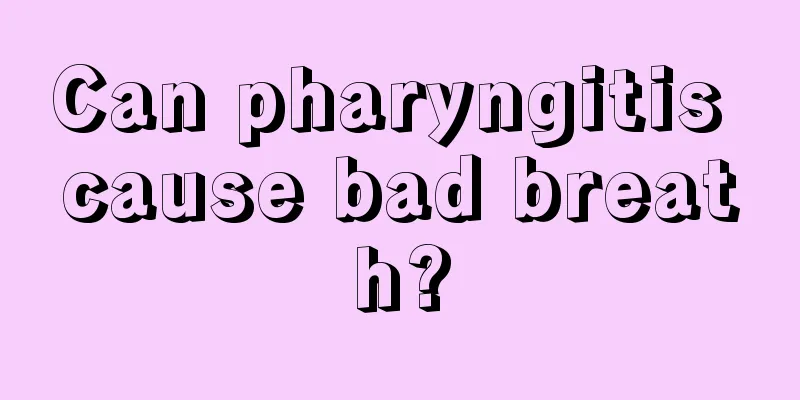The main causes of cardiac dyspnea, people must know

|
When it comes to cardiac dyspnea, many people may not be very clear about it. In fact, cardiac dyspnea is a type of breathing difficulty that occurs when heart disease leads to heart failure, which can endanger our lives. So what is the cause of cardiac dyspnea? Let’s find out together. Cardiogenic asthma is paroxysmal asthma caused by left heart failure and acute pulmonary edema. Its clinical manifestations during an attack may be similar to those of bronchial asthma. Cardiac asthma is caused by a history of hypertension or heart disease. Asthma is accompanied by frequent coughing, foamy sputum, especially bloody sputum, heart enlargement, arrhythmia and abnormal heart sounds. The dyspnea caused by left heart failure is due to the increase in pulmonary circulation capillary pressure caused by pulmonary congestion, and the accumulation of tissue fluid in the alveoli and lung tissue spaces, forming pulmonary edema. Pulmonary edema affects the gas exchange of the alveolar wall capillaries, hinders the expansion and contraction of the lungs, causes abnormalities in ventilation and gas exchange functions, leads to a decrease in the partial pressure of oxygen and an increase in the partial pressure of carbon dioxide in the alveoli, stimulates and excites the respiratory center, and the patient feels difficulty breathing. Cardiac dyspnea is divided into the following categories according to severity: exertional dyspnea, paroxysmal nocturnal dyspnea, orthopnea, cardiac asthma, and acute pulmonary edema. 1. Symptoms: Sudden breathing difficulties when extremely nervous. Possibly: Mental stress. Treatment: If this is your first attack, see a doctor. Find out whether the difficulty breathing is caused by stress or other reasons. 2. Symptoms: Coughing up gray or yellow-green sputum for several days. Now having trouble breathing. Possible: Chronic bronchitis. Treatment: If the diagnosis is confirmed to be chronic bronchitis, the doctor may use antibiotics to treat it, and patients who smoke should quit smoking. 3. Symptoms: Difficulty breathing accompanied by tightening and oppressive chest pain. This lasted for several minutes. Possible: angina pectoris. Treatment: See a doctor immediately. Your doctor may want to do an electrocardiogram (ECG). After the diagnosis is confirmed, the doctor will use nitroglycerin to relieve the patient's angina pectoris. When an attack occurs, hold the tablet under the tongue and the angina pectoris will disappear after a few seconds. |
<<: This is what the care for respiratory failure is
>>: These are the methods of TCM to treat acute respiratory failure
Recommend
Is a heart rate of 59 normal?
Under normal circumstances, people's heartbea...
Can ovarian tumors cause infertility?
Will ovarian tumors cause infertility? Ovarian tu...
Is perforated appendicitis serious?
Appendicitis is a disease that many patients with...
How is breast fibroid inherited
In fact, multiple breast fibroids are relatively ...
Can persimmon leaves lower blood sugar?
The round, red fruit that looks a bit like a toma...
Can wisdom teeth remain intact?
Wisdom teeth are not unfamiliar to many people. A...
What are the best ways to remove wrinkles?
The appearance of wrinkles is very sensitive to m...
What is the reason for black spots on the face
Black spots on the face may be caused by long-ter...
How to repair scars after skin burns
People always get skin burns due to carelessness....
What are some tips for drinking without hurting your body?
Drinking is actually a very common thing, and alc...
How to eat black beans to get black hair
Black beans have the effect of making hair darker...
What are the symptoms of teratoma? How to treat ovarian teratoma?
Many women's bellies suddenly become bigger, ...
What causes acute allergies?
The most common acute allergy in life is urticari...
The reason why buns crack
If you don't master the cooking techniques wh...
Dosage of Acorus calamus
Acorus calamus is a traditional Chinese medicine ...









